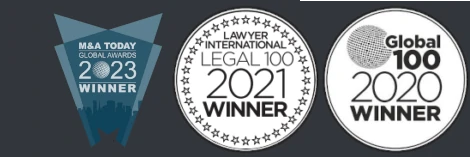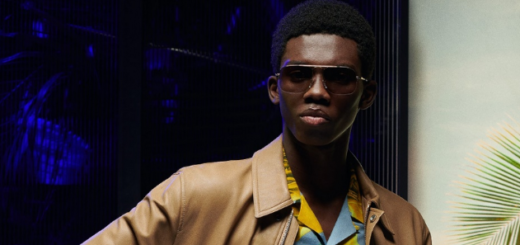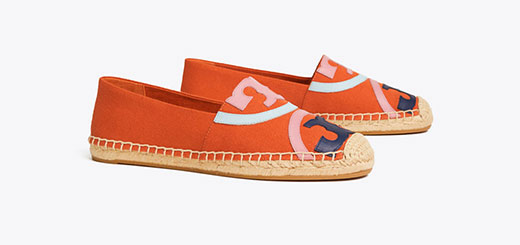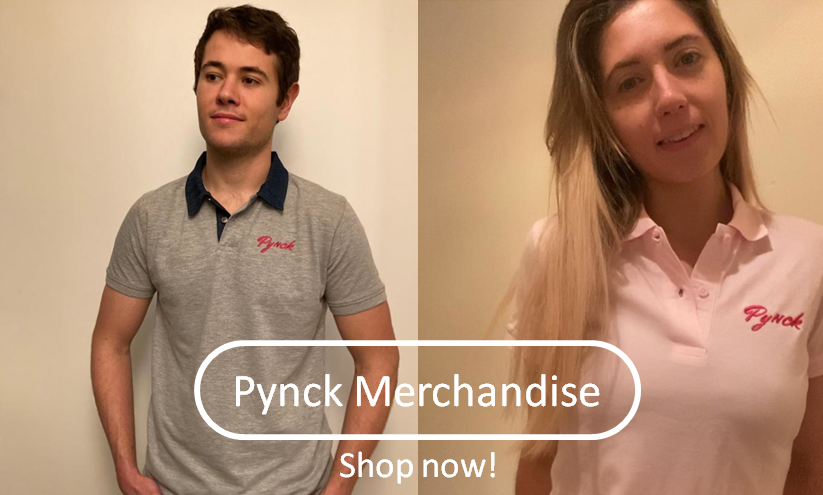Hair Trends with Luke Pluckrose
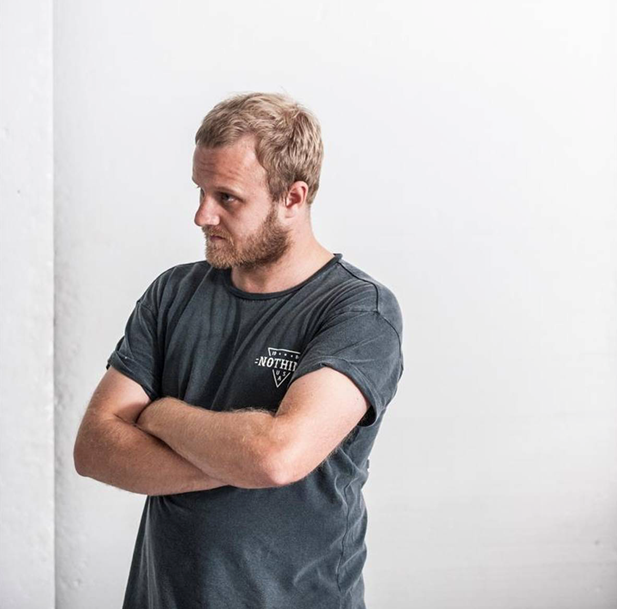
It’s safe to say that the Corona virus has knocked the world for six. With the global pandemic causing fear and uncertainty across the board, small businesses in particular are taking a hit However, HJ Virtual week is here to lend a helping hand during these dark times. The UK magazine, Hairdressers Journal, has been in circulation since 1882 providing all the latest information on all things hair; salon advice, coverage of important hairdressing news, and events. HJ is also the host of the annual British Hairdressing Business Awards which has been going since 1985. Now, it launches its first Virtual Week announced by executive director Jayne Lewis-Orr. HJ is allowing readers to tune in to ‘webinars’ with famous faces to discuss a range of topics from business management to their top styling creations all from the comfort of your sofa.
Cup of tea in hand, I tuned into Luke Pluckrose’s seminar on hair trends and how to create them. For those of you who don’t know, Luke Pluckrose was the genius behind Kim Kardashian-West’s 90s ‘crimped’ hair look which in turn created a crimp craze across social media.

Pluckrose is a pure professional who not only has an impressive clientele but is a regular at London Fashion Week, Graduate Fashion Week and Clothes Show Live. His expertise has propelled him into television as he was the Resident Hairdresser on Norway’s Top Model. Despite his success, Pluckrose remains extremely humble by saying he doesn’t see himself as a trendsetter but just someone who listens to their client. For example, with this look for Kim Kardashian-West, she selected a hairstyle from Pluckrose’s Instagram that she liked and he recreated it for her. Luke states that celebrities have huge influence over what becomes popular and how clients will bring in pictures of celebrities’ hairstyles and say ‘that’s what I want’.
Pluckrose defines a trend as “a general direction in which something is developing or changing”. He states that mass appeal is what creates a trend with multiple people recreating the look. He outlines that trends can arise from a range of inspiration such a music, fashion, TV & Film, and nostalgia for time periods past. For example, dynamic hairstyles such as Dua Lipa’s two-tone of blonde and brunette as well as Billy Eilish’s black hair with luminous green roots are iconic in and of themselves but for them to be deemed a trend, Luke believes you need to look at the numbers of clients coming into the salon and requesting the same look. Pluckrose enlightened us that a trend that really has taken off is ‘The Peaky Blinders crop’; short on the back and sides of the head with a slightly longer length on top inspired by Birmingham gangster Thomas Shelby.



Luke Pluckrose believes that we have had a development in trends to more micro-trends with the rise of social media. During the 90s, Pluckrose states trends were more identifiable as clients would come in and ask for a ‘pob’ – the name attributed to Victoria Beckham’s or Posh Spice’s bob hair style or similarly Rachel Green from ‘Friends’ hairstyle, played by Jennifer Anniston. Equally, movements within music such as the Mods encouraged a specific look which also played into hair as it allowed people to express their style as they would through fashion. Whereas due to the internet there are so many styles, music, fashion that can inspire people on such a readily available basis it makes it difficult for one singular trend to take off like it used to and therefore we have micro-trends.


Luke Pluckrose explains that trends are created either through circumstance or deliberately. Pluckrose articulates that he has seen a rise in popularity of coloring and how that is the main trend of our generation and there are hundreds of micro-trends under that umbrella. He argues that this is a trend brought about by circumstance. He explains that the recession in the UK meant that people couldn’t afford to get their hair done so peoples roots started to come through which subsequently brought about the dip-dye trend. Luke explains how such a trend would have been ludicrous just a decade before as women would never want their roots to show but then how it’s harsh look became a style in its own right. I can remember going into the girls’ bathroom at school and it stinking of bleach as my friends dipped the ends of their hair into the shop-bought dye formula bottle to achieve the dip-dye brunette to blonde trend. Dip-dye then developed into a softer looking ombre trend (thank god) to allow the light and dark colour of the hair to blend into one another. However as demands for more natural looking coloured hair came about so did the final stage of dip-dye; the smoother, more natural balleage trend.



With the end of the recession the trend of expensive hair took off as hairdressers saw a rise in extensions and volumised long hair and a decrease in cutting as people want long, healthy, shiny hair. With this in mind, Luke Pluckrose has witnessed a significant drop in cutting and therefore specialists in the area have decided to go back into education to teach young hairdressers exciting and dynamic hairstyles such as Ben Brown who is known for his strong geometric hairstyles. Pluckrose expresses how important this is because it raises the game of young hairdressers and to find an original voice consequently stoking the fire for new trends to be created.
With regards to creating your own trend as a salon, Luke Pluckrose suggests that it is essential for hairdressers to have a detailed knowledge of hair history as well as keeping abreast of contemporary styles. Pluckrose highlights knowing the importance of decade trends and how styles evolve such as how a bob in the 60’s contrasts to a bob in 90s. Once you have a clear idea of hair style history you can start to experiment with your own styles. Equally he suggests you can create something that is exclusive to your salon thus giving you an originality and uniqueness. Pantene did this with their production of blue shampoo in order to increase sales – it is essentially a gimmick but it can lead to business increase. Furthermore, Pluckrose highlights that becoming a specialist in one area allows you to really know your field and become more prominent thus allowing you to create your own trends. Luke for example is a specialist in styling which has allowed him to experiment with loads of different styles and gather a following which has subsequently allowed him to style celebrities who can then propel his trends.
His golden advice for hairdressers looking to make a name for themselves is “do good hair, market it well and listen to your clients because you can have a brain wave that loads of people like and subsequently you create a trend”.
